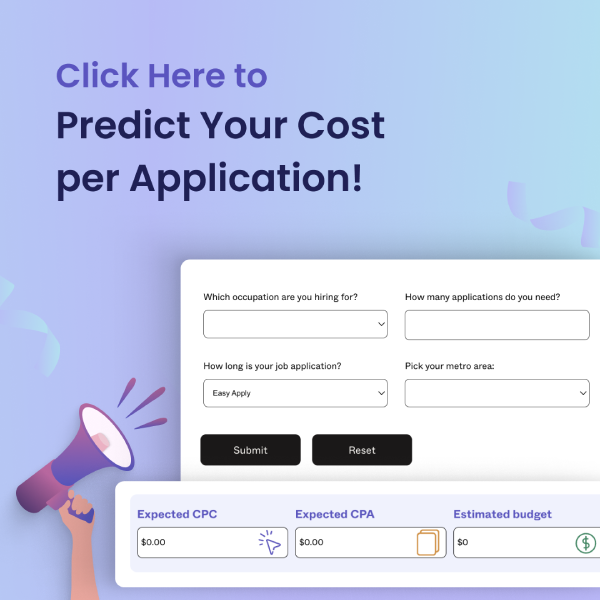Mighty movers and warehouse warriors! Our champions of the logistics industry, laborers and freight, stock, and material movers are the backbone of the supply chain, working tirelessly to keep the wheels of commerce turning. From hectic distribution centers to bustling construction sites, these industrious individuals are always on the move, bringing order to chaos and making the impossible happen.
Projected employment for this occupation is a bit of a mixed bag, ranging from 0-6% through 2031. But, between occupational drain and job creation, this translates to more than one million openings per year.
For some warehouse roles, as well as grocery checkout, automation is replacing the hoo-mans, while movers, cleaners, refuse and recyclable material collectors, and stockers will remain in demand. However, hold onto your packing tape, as companies are unveiling automated storage and retrieval tools like scanners and radio frequency identification (RFID) tags, making tasks a breeze for stockers and order fillers and increasing efficiency.
Let’s unpack the great info below and get you recruiting great-fit talent, at the optimal cost.
It’s time to let Joveo’s data do the talking!






















